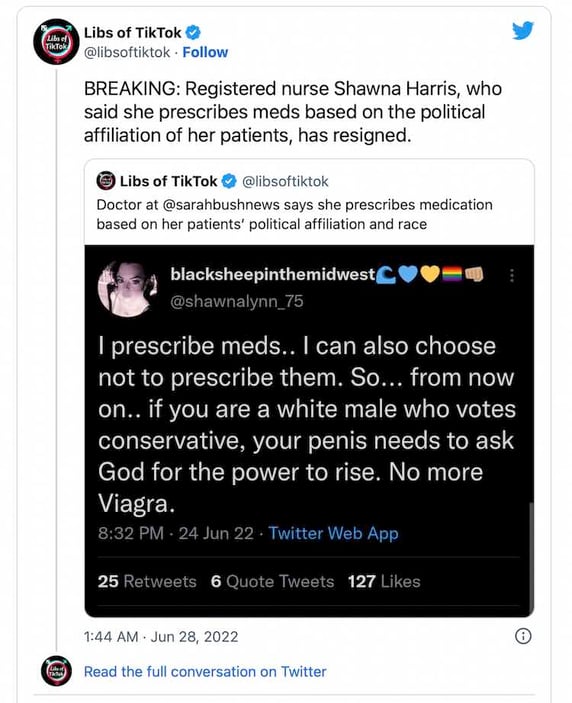Social Media challenges for Medical Facilities
Unacceptable behavior by physicians and healthcare professionals is on the rise, corresponding with increased attacks on physicians by patients
Live streaming of surgical procedures, particularly plastic surgery has become increasingly popular in recent years and while it can be invaluable as a way to educate and inform the public about their field, it is fraught with dangers.
Live streaming allows for real-time interaction with viewers, who can ask questions and provide feedback, distracting the surgeon from their work and increasing the chance of potentially lethal errors or omissions being made.
A shocking example of malpractice
This was highlighted by the recent suspension of a plastic surgeon’s license by the State Medical Board of Ohio. During the live-stream of a liposuction procedure on TikTok, the surgeon engaged in dialogue with viewers.
The medical board said that “Despite liposuction being a blind surgery that requires awareness of the tip of the cannula to avoid injury, your attention to the camera meant at those moments you were not looking at the patient or palpating the location of the tip of the cannula.”
This mistake led to the patient being diagnosed with a perforated bowel and serious bacterial infection, which needed emergency treatment. Read the full story on Medscape
A “HR nightmare”
Medical professionals are sometimes referred to as a “HR nightmare” for medical facilities, as they can be far more difficult to manage than other staff. Being highly trained professionals who are used to making decisions and taking responsibility for patients’ care, they enjoy a high level of autonomy and independence, making it difficult for managers to oversee them and enforce policies and procedures.
The growing trend of Surgeons live-streaming procedures on social media channels magnifies this challenge. Live streaming surgeries raises several ethical concerns, including patient privacy and consent, as well as concerns about the accuracy and completeness of the information being shared.
Patient privacy and consent are of paramount importance in healthcare, and live streaming surgeries could potentially violate patient privacy. Live streaming also poses a risk to the medical staff, as it could lead to a distraction from the task at hand, compromising patient safety.
That compromise could lead to a devastating medical malpractice lawsuit for the facility. If a mistake is made during a live-streamed surgery, a video record of it exists, giving the plaintiff concrete evidence to use in any medical malpractice claim.
Additionally, live-streaming surgeries could give a false impression of the risks and benefits of a particular surgery, or it may not show the full extent of the patient’s condition. This could cause confusion and misinformation among viewers, which could lead to patients making uninformed decisions about their own care and then later filing a medical malpractice claim if the surgery didn’t go as expected.
Problems not restricted to doctors
But it is not just doctors who are the problem. Who could forget Illinois advanced practice registered nurse (APRN), Shawna Harris, who proudly announced on Twitter that she would refuse to prescribe Viagra to white Conservative male patients after the Supreme Court overturned Roe v Wade.

A day after her post went viral, public backlash erupted, resulting in the Sarah Bush Lincoln, who employed her, posting an apology from the APRN together with her resignation.
In another incident, an Atlanta hospital announced that they no longer employed four nurses who appeared in a TikTok video in scrubs revealing their “icks” regarding obstetric care.
One nurse announced, ”my ick is when you ask me how much the baby weighs, and it’s still…in your hands.”
While live-streaming and other social media activities can be a great promotional tool for medical facilities, particularly for elective surgery, it is like juggling hand grenades. The potential for it to backfire and result in a destructive malpractice lawsuit is immeasurable. It’s a headache that medical directors and managers of health facilities can do without.











